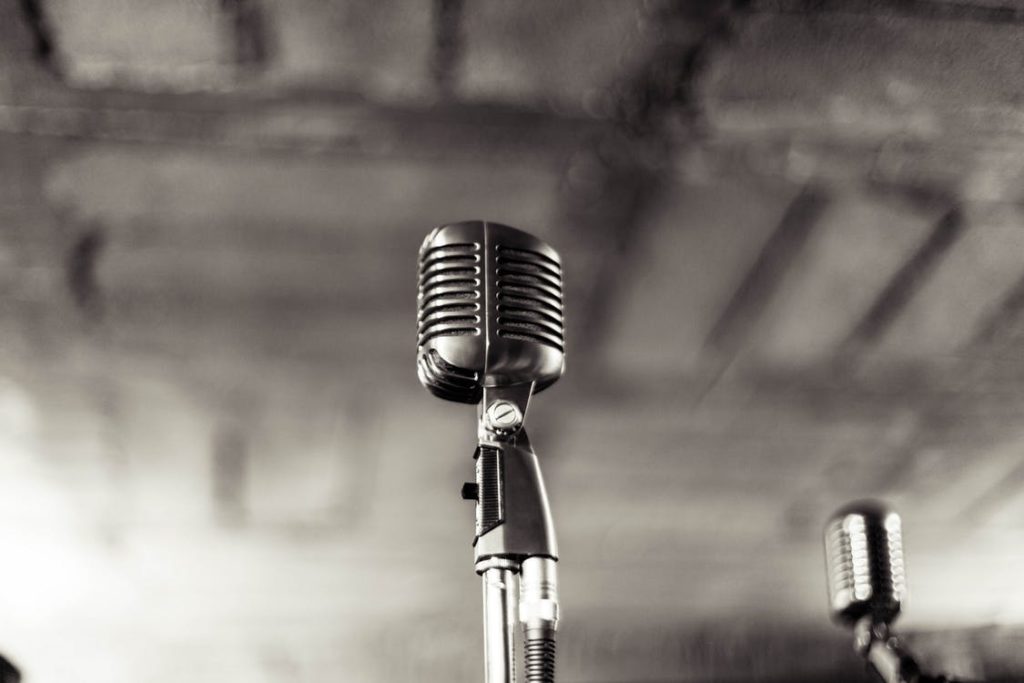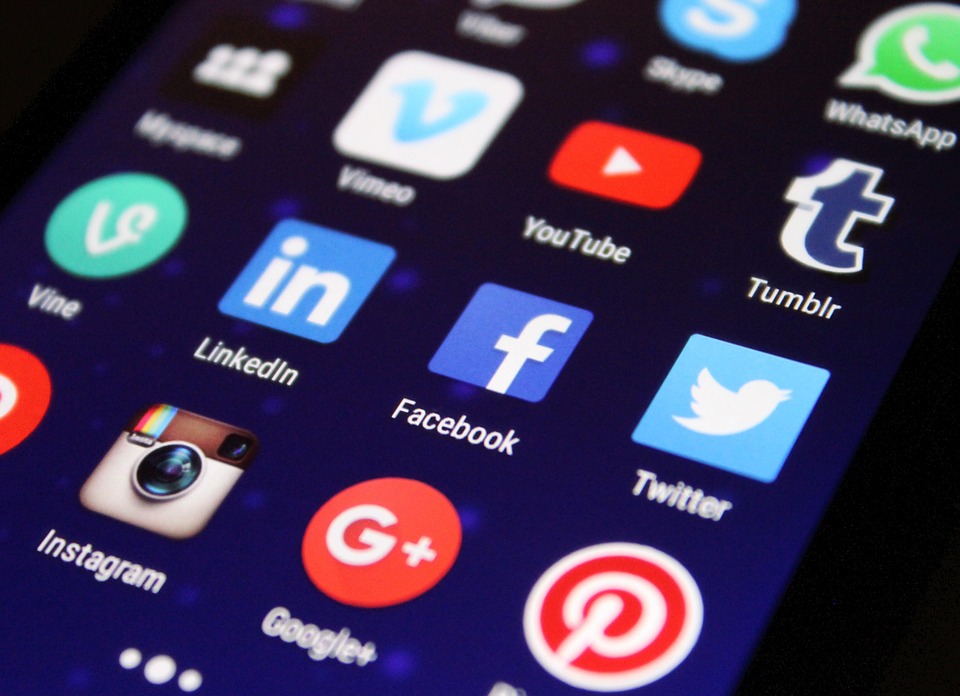
Nowadays, whenever you see something interesting and beautiful, you take your smartphone out and take a quick picture. You can take as many pictures as you want without worrying about storage. In fact, if you look at most social media sites today, you might think that people are in a photo contest; one person posts a picture of themselves, and a few minutes later another one does the same. Taking still photos has become as normal as eating or any other routine activity. It’s almost hard to imagine that a few centuries back we struggled to capture still images.
History of the Camera
19th Century
In 1839, the world learned about the first method used to capture photos. It was known as daguerreotypy named after the man that perfected it—Daguerre Louis. If you wanted to produce a picture with this method, you had to take a silver-polished copper plate and leave it unprotected in front of iodine vapor so as to make it light-sensitive. Then, expose the sheet in a camera in the presence of light so that the image could be transposed on the plate. The image became visible after the plate was exposed to mercury vapor.
In the 1870s, Richard Maddox brought up the idea of using gelatin dry plates for photography. The plates enabled cameras to be made smaller and less bulky, thus improving the photo-taking business for professional photographers at the time.
In the 1880s, an enthusiastic inventor and businessman from New York, George Eastman, came up with the idea of a celluloid film to replace plates. This eventually led to the birth of the Kodak camera. Since this camera was more portable than its predecessor, it became the go-to device for amateur photographers. Interestingly, those who bought the camera had to take it back to Eastman’s company to have the photos processed, printed, and the film replaced.
The 20th Century
In 1925, the Leica 1 camera was introduced to the rest of the world. This invention was thanks to the efforts of Oskar Barnack. It was the first camera to use a 35mm film successfully in creating still and moving pictures. The shutter speeds of these cameras ranged from 1/25 to 1/500 second.
In 1933, single lens reflex cameras came into the market. This kind of camera was the first to allow the photographer to see through the lens and focus on the object that needed to be captured. These cameras also had a bigger aperture than their predecessors, allowing the photographer to take photos in places with low light.
In 1948, Edwin Land introduced the Land camera to the world. It was the first camera that could allow the photographer to take a picture and then instantly get it. Another name for it is the Polaroid instant camera.
In 1981, we experienced analog electronic cameras that continuously recorded pixels to a ‘video floppy’. It was a camera that captured moving images in single frames. The quality was considered good since it was comparable to television resolutions at the time.
In 1988, the world was introduced to the first digital camera. The DS-1P stored the image data onto a memory card. Interestingly, the memory card had a capacity of 2MB, and it could hold between 5 to 10 photos.
The 21st Century
Although camera phones became popular in 2010, there were introduced as early as 2000. J-phone created the first camera phone in 2000. The phone allowed the user to take photos and share them through the multimedia messaging service (MMS).
J-phone paved the way for smartphone manufacturers to install camera phones with amazing features such as high resolutions, best Lightroom presets, and adjustable apertures. The new technology can also be attributed to the invention of the digital camera that allowed images to be stored in a memory card.
Nowadays, you can back up some of your photos on the cloud if the memory card is full. The modern-day camera would be nothing without early efforts by inventors to perfect the art of photography and capturing still and moving images. The resilience and ambition to create something better than what was there before is what led to the birth of the digital camera. Technology continues to advance, raising possibilities for further evolution of the camera.




